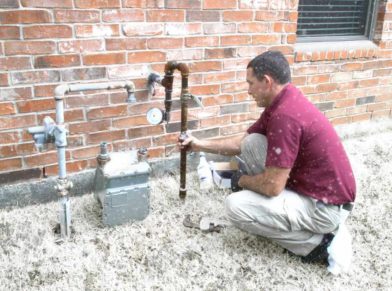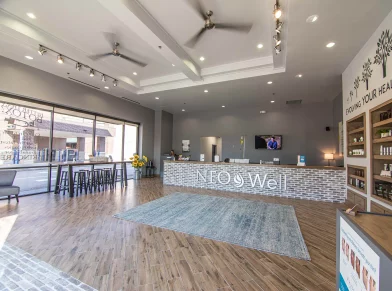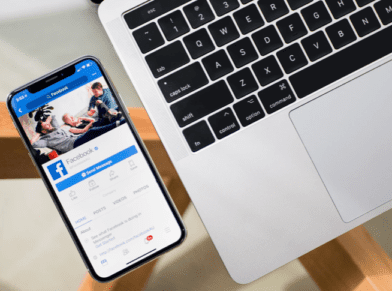TAKING A BUSINESS BREAK: TO-DOS BEFORE VACATION MODE

When you eat, sleep, and breathe work, the thought of taking a vacation can feel like being cut off from a critical lifeline. Yet, you know what all work and no play does to a person.
To be most effective, your brain needs a break, no bones about it. If you’ve been letting your vacation time accrue because you’re worried about what will happen in your absence, this guide is for you. With the holidays approaching, now’s the time to implement some best practices that can set you and your brand up for some much-deserved R +R.
Ahead are our top preparatory to-dos for a seamless small business vacation.
1. List your daily duties.
Make a comprehensive list of what you do during the workday. Go moment by moment and include everything but the bathroom breaks. Cross off anything non-essential so your employees divide and conquer the rest.
2. Practice with your proxies.
Observe your staff for a few weeks prior to your vacation. Let them know you’ll be assigning out certain duties based on fit. Take a few minutes each day to train them up by asking ‘what-if’ scenarios. Be sure to let them know this is a great opportunity for future promotions and you’re committed to helping them rise to the occasion.
3. Designate and communicate.
Once you’re confident you’ve found a fill-in or two, be explicit about the responsibilities they’ll each be tasked with. Have a one-on-one meeting where they can ask clarifying questions. Then, communicate with customers, vendors, and other internal staff. Make introductions and let your constituents know they’ll be in great hands while you’re away.
4.Prepare for the worst.
Still feeling afraid about leaving the ship “unattended”? Or maybe your employees are concerned about steering it? Complete a fear-setting exercise. It’s a tactic used by successful business owners like Tim Ferris. Divide a sheet of paper into three columns labeled, “Define,” “Prevent,” and “Repair.” List out what you’re most fearful of, brainstorm about ways you could preemptively correct it, and finally, pen some reparative actions that could be taken should the worst come to pass. At the very least, it’ll help the entire team feel confident about finding a solution in your absence.
5. Schedule content in advance.
Social media never takes a break. Creating a content calendar and scheduling posts in a program like Hootsuite can help you keep your audiences engaged, even while you’re actively disengaging.
6. Plan for paid ads.
Make the most of your Pay-Per-Click campaigns or paid social media advertising. True, you need them to help you reach the right target audiences, but what good are the qualifying leads and increased traffic steaming onto your site if there’s no one there to greet and connect with them? It’s worth hiring a digital marketing firm to temporarily keep a watchful eye over your online advertising. They’re trained to monitor daily ad spend and keep bids controlled so you can hit the ground running upon your return.
7. Address accessibility with your admin.
Make sure at least one person has access to you at all times. Designate a point person on your administrative staff who’ll act as the gatekeeper. Make sure you trust their judgment and have communicated in advance about what fires should be put out by you and you alone versus minor incidents that can be handled with the team’s collective brainpower.
8. Debrief upon return.
Hopefully this won’t be the last vacation you take for another few years. It’s important to gather feedback from your team about what went well and what could have used additional support. That way, next time you’re making preparations to take time off, you’ll be aware of areas that require extra coverage.
In the end, even the best-laid-plans might not be enough to prevent a small snafu. However, with some advanced prep, you can ensure things run as smoothly as possible in your absence and use everything else as a learning opportunity for the next foray into vacay. Need a backup plan? Let us take some of the heat while you’re away.
























